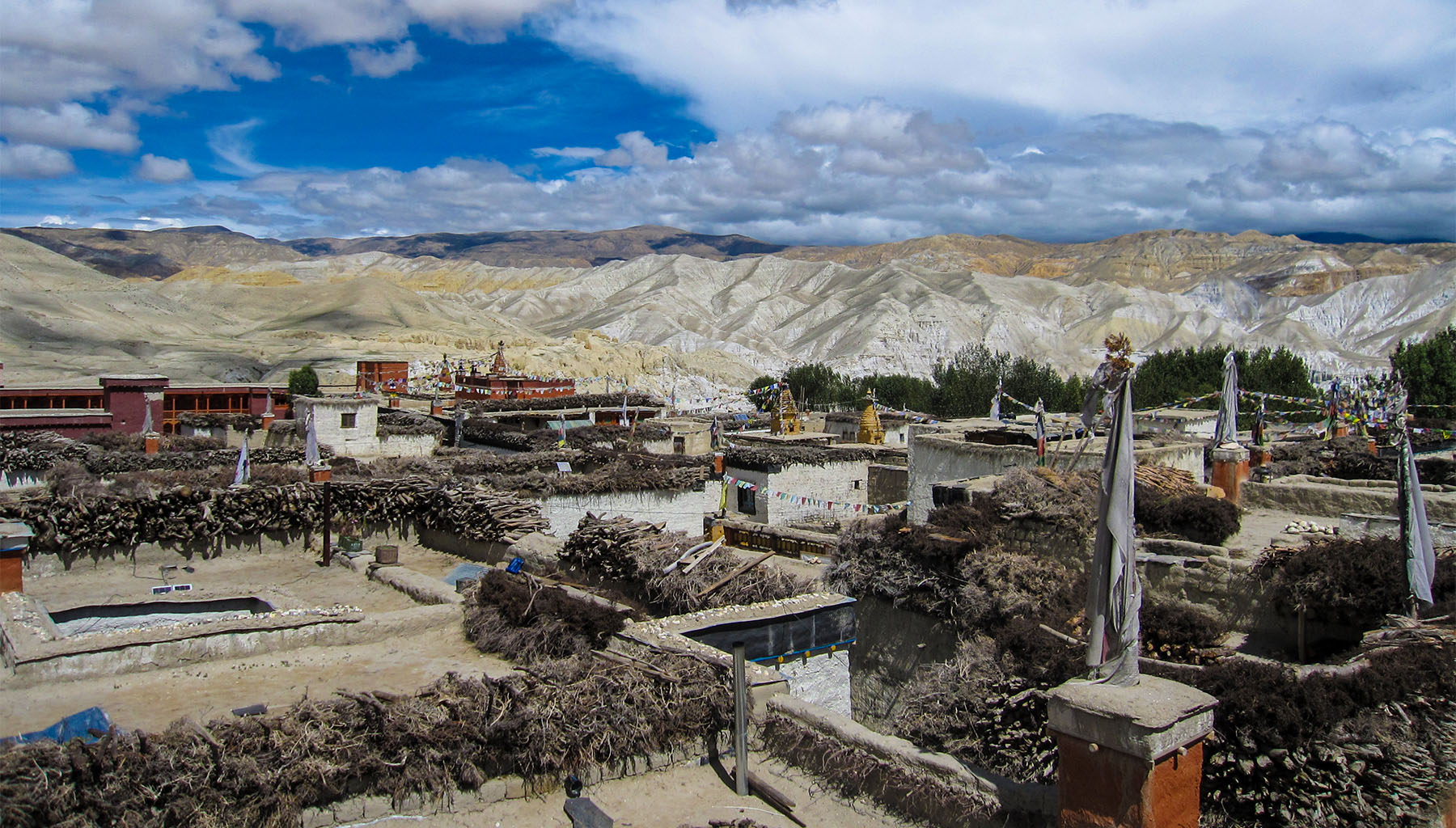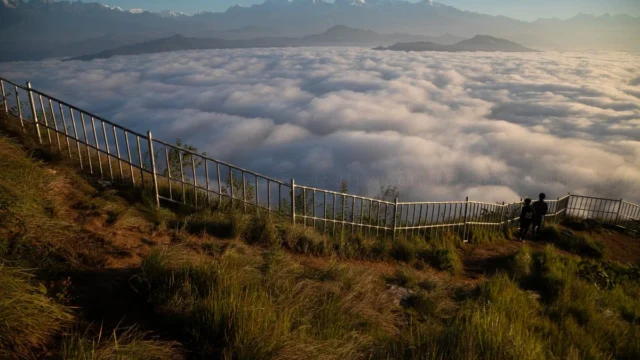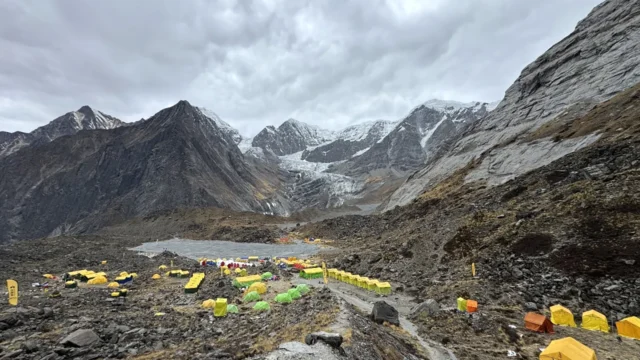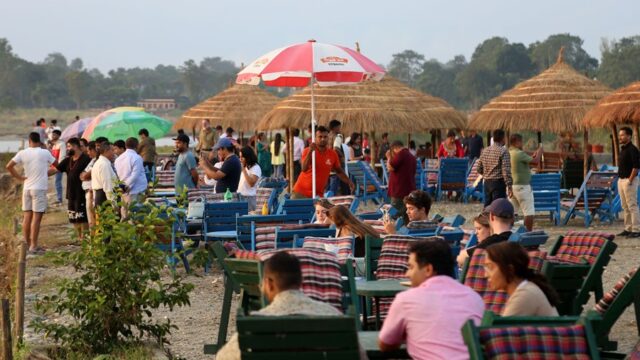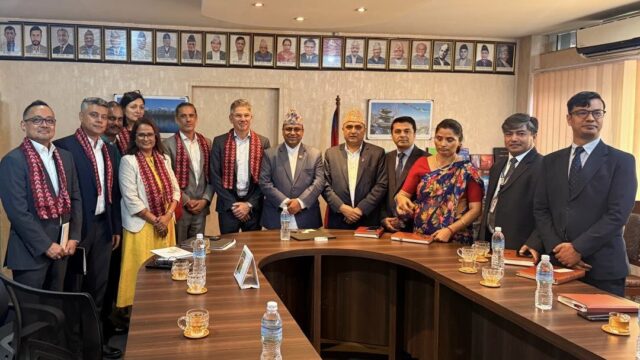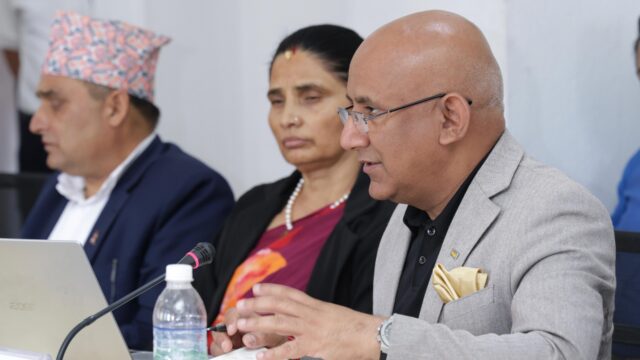In recent times, the Korala border, which connects Nepal to the Tibet Autonomous Region of China, has gained significant attention among domestic tourists. The increasing fascination with visiting Korala and capturing photographs at the Dzogaja border pillar has driven a surge in tourism. Additionally, the stunning Tibetan plateau, with its majestic structures visible from the Nepali side, has captivated travelers.
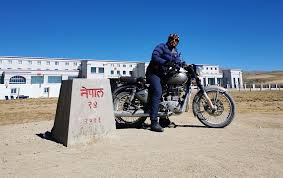
As summer progresses, more than 100 Nepali tourists are visiting the Kora La border daily. The region’s picturesque landscape and the opportunity to witness the Tibetan terrain from Nepal have made Korala a must-visit destination. Following the Indian blockade, Kora La became a focal point of discussion, leading to a rise in visitors. This influx has positively impacted the tourism industry in Upper Mustang, bringing enthusiasm to local businesses.
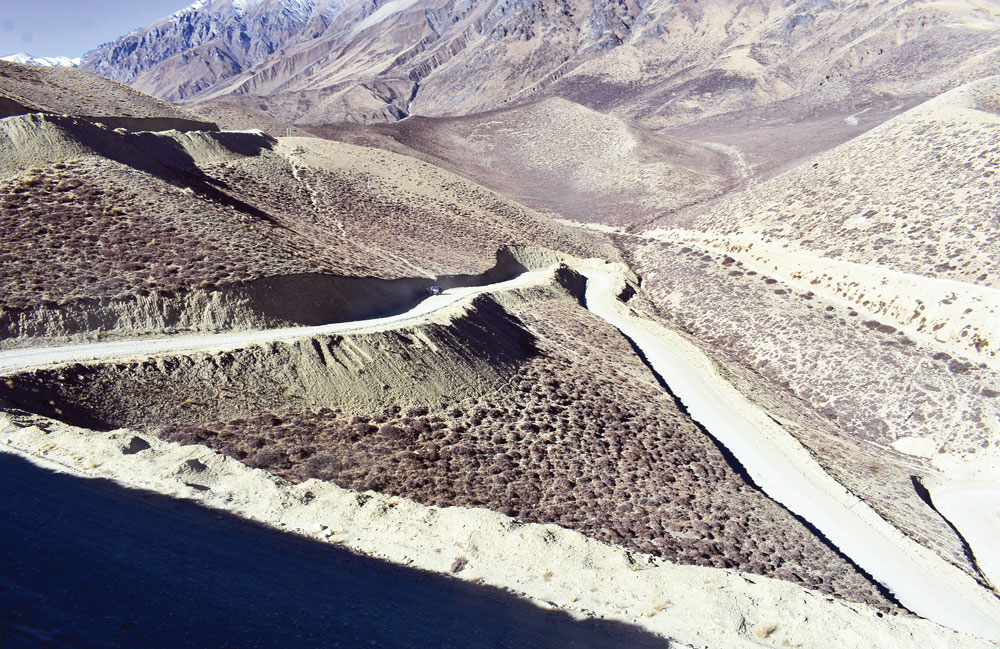
The increased prominence of the Korala border can be attributed to the construction of the Beni–Jomsom–Korala highway, a national pride project designed to enhance connectivity between Nepal and China. The road upgrading project began in the fiscal year 2016/17, resulting in 105 kilometers of blacktopped roads and 99 kilometers of gravel roads. This infrastructure development has significantly eased travel, enabling tourists to reach Kora La via buses, jeeps, and motorcycles.
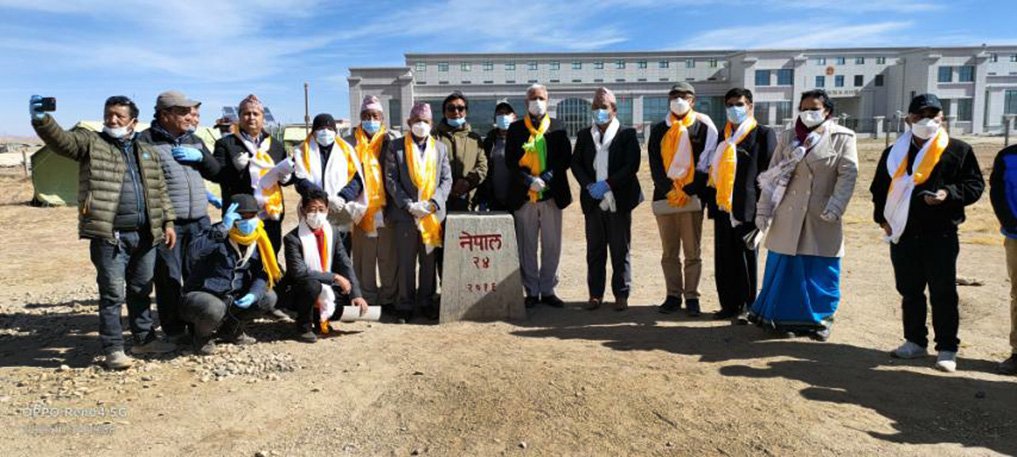
The 74-kilometer Beni–Jomsom section and the 110-kilometer Jomsom–Korala road now allow travelers to reach the border in a single day. The ease of access has led to a rise in visits, particularly among young Nepali travelers. According to Vikas KC, the administrative head of Lomanthang Rural Municipality, this surge in tourism has boosted the hospitality industry in Upper Mustang.
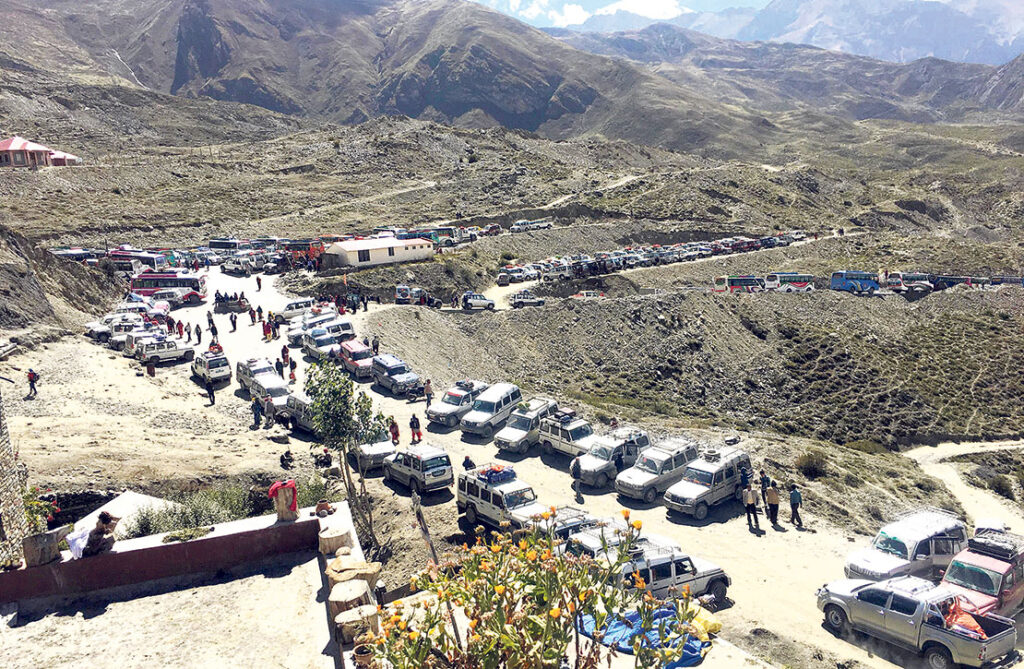
Recent visitors have highlighted the need for further infrastructure development at Korala. Madhav Chhetri from Pokhara emphasized the necessity for structured facilities at the border, stating that although the road conditions have improved, essential services like reliable accommodations and amenities are lacking. He noted the contrast between China’s well-developed infrastructure on its side of the border and Nepal’s underdeveloped facilities.
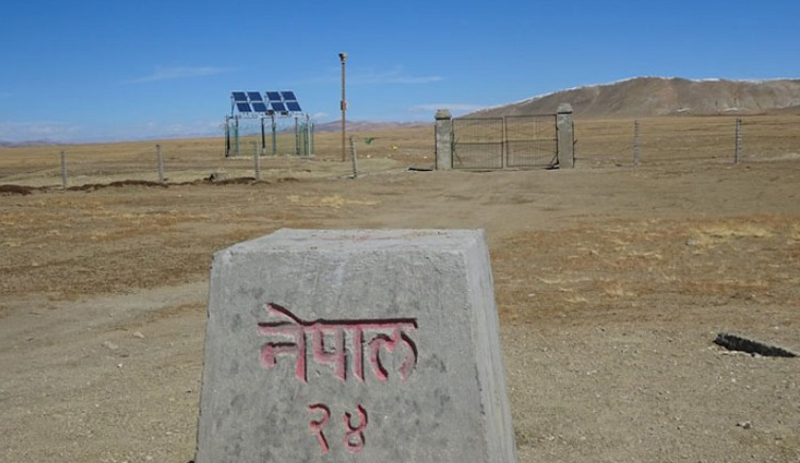
Similarly, Ramji Paudel from Syangja pointed out that Korala serves as both a tourist attraction and a potential trade route with China. He stressed that the government should take proactive measures to enhance the border’s role in facilitating tourism and commerce. The Korala route provides a quicker and more convenient path to Mansarovar, further emphasizing its strategic importance. With the road upgrades, the influx of domestic tourists to Upper Mustang has been rising annually. According to Umesh Paudel, head of the Annapurna Conservation Area Project (ACAP) office in Lomanthang, the Korala craze has led to an increase in high-end hotels and improved services in the region.
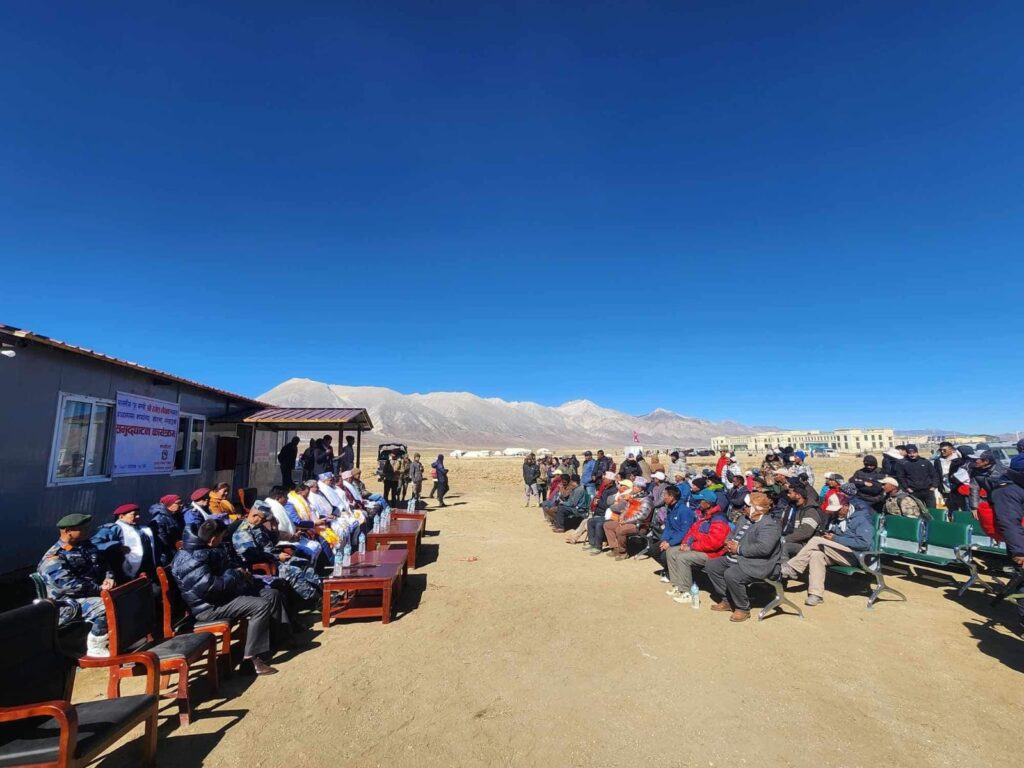
Each year, more than 500,000 domestic tourists visit Mustang, with nearly one-third of them making the journey to the Korala border, as per police records. In November 2023, the Nepal-China Korala border was opened for Upper Mustang residents, allowing them to visit the Tibetan market for trade. China has already constructed numerous administrative and commercial infrastructures on its side, intending to establish Korala as a long-term trade transit point. However, the lack of customs and immigration facilities on the Nepali side has caused difficulties for both local traders and tourists.
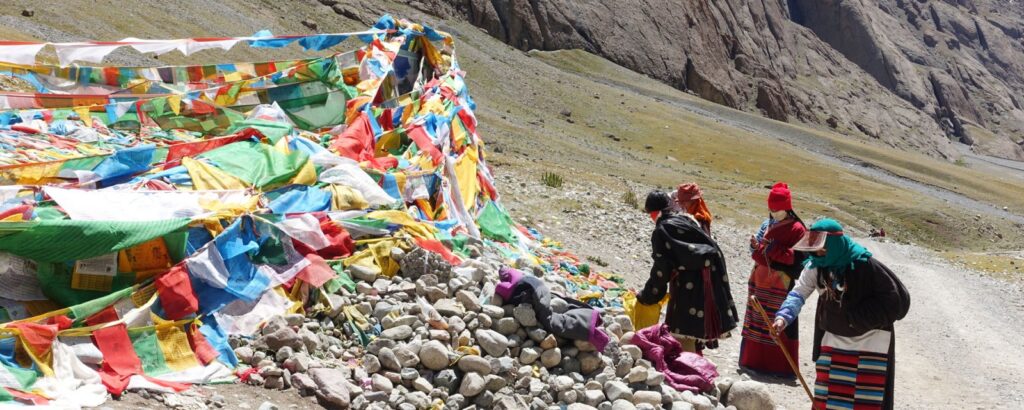
The absence of basic amenities such as restaurants, rest areas, and sanitation facilities has been a major concern for visitors. Additionally, Upper Mustang residents engaged in trade at Korala continue to operate under makeshift tents due to inadequate business infrastructure. While domestic tourism is thriving, foreign tourists face restrictions when visiting Upper Mustang. The region falls under the Annapurna Conservation Area, requiring foreign travelers to obtain a special 10-day permit for $500, limiting their numbers significantly.
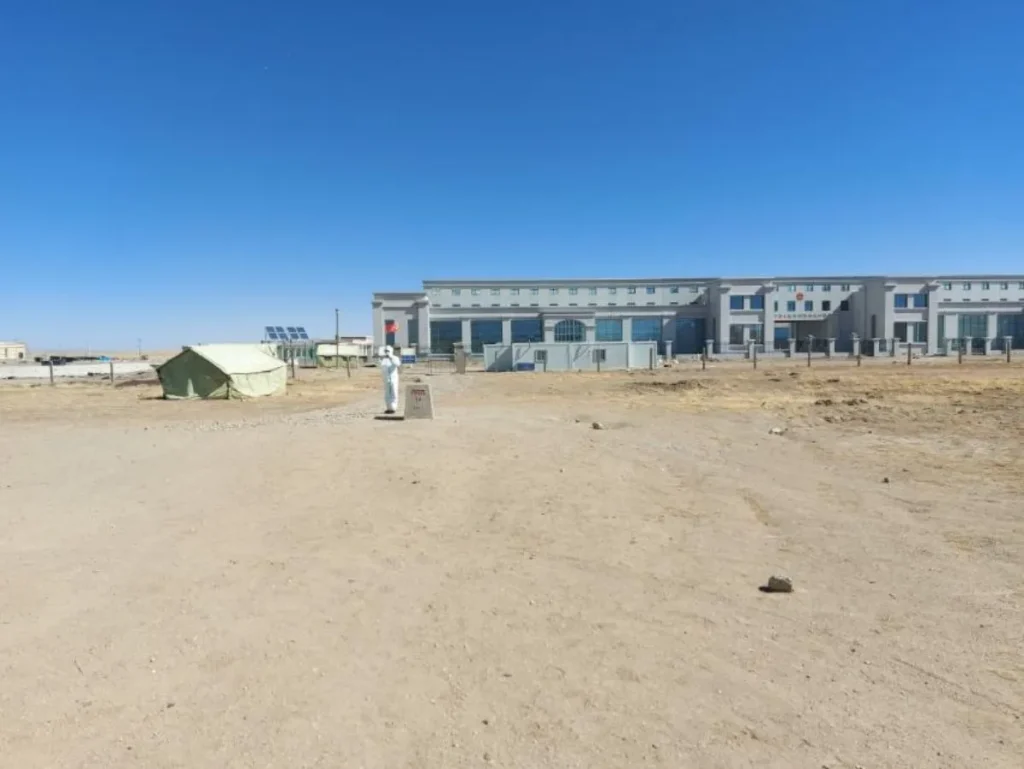
Despite the challenges, Mustang receives over 100,000 foreign visitors annually, though only about 3% venture into Upper Mustang. With growing interest in Korala, improved infrastructure, and governmental initiatives, the region holds immense potential for both tourism and trade, positioning itself as a key gateway between Nepal and China.
